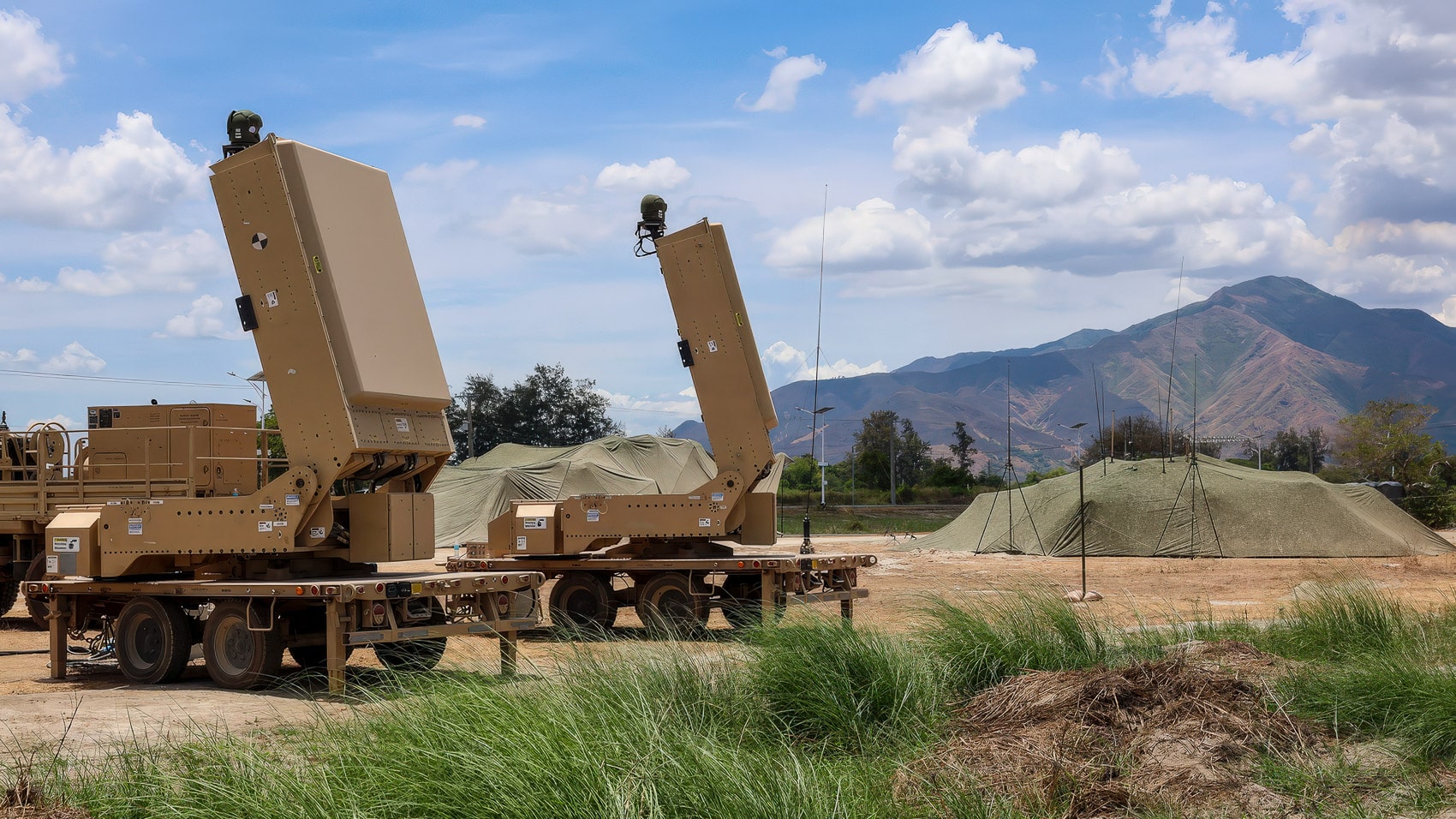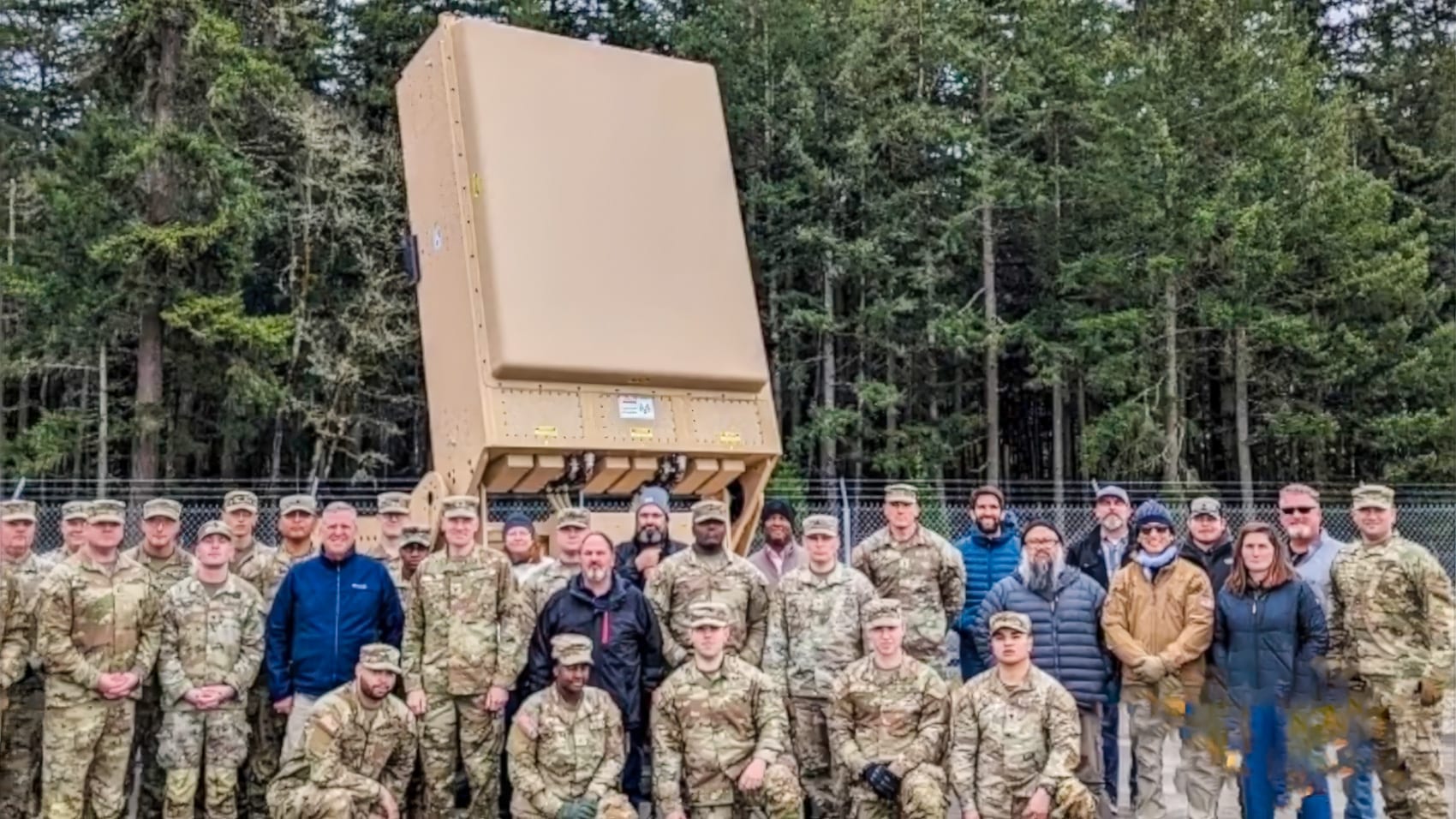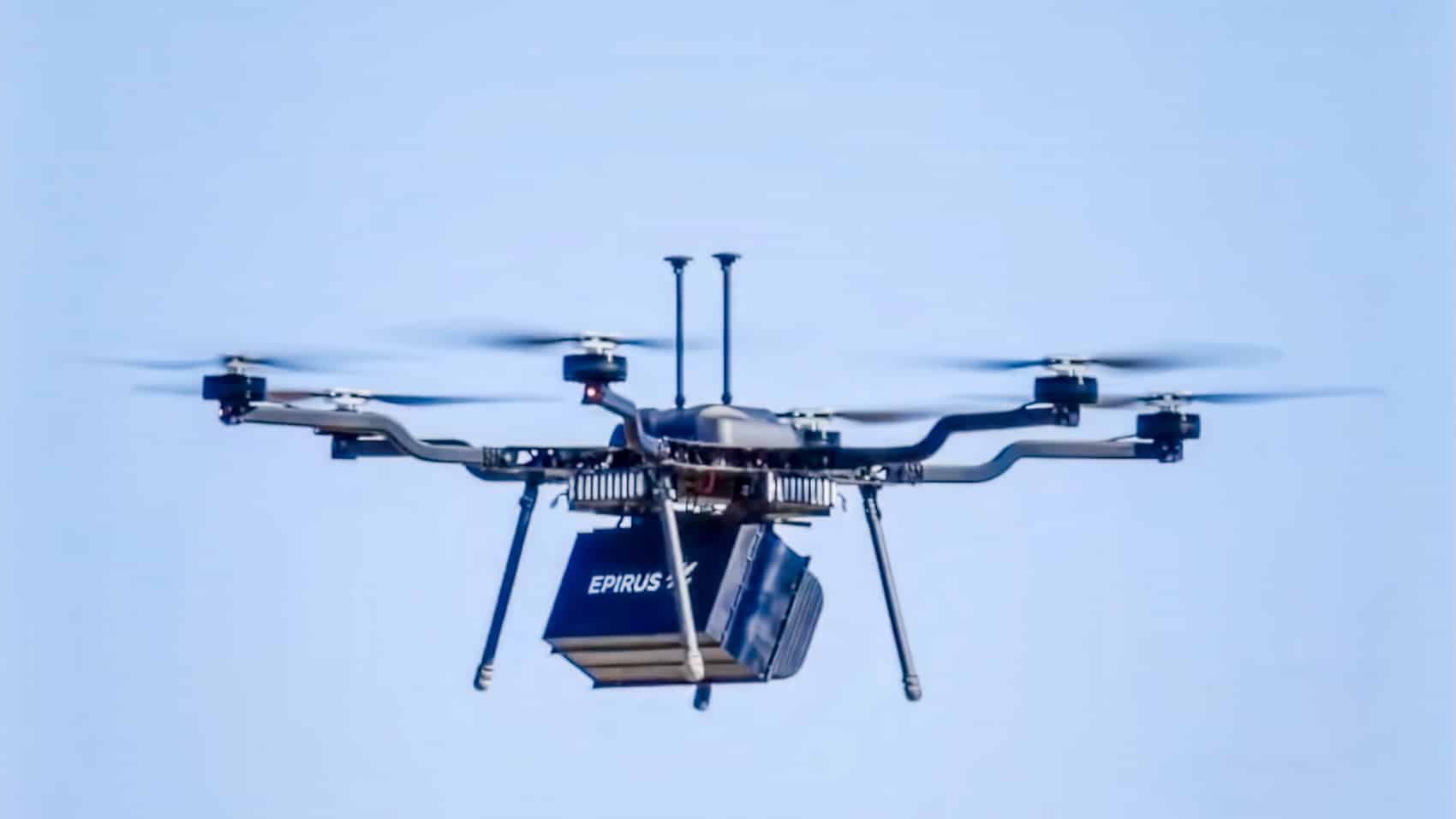A 49-Drone Swarm Was Just Fried With This Weapon from Epirus

In a quiet corner of Indiana, a tech company just showed off the future of drone defense, and it looks like something out of a sci-fi movie. The company, Epirus, successfully used its Leonidas weapon system to knock out a swarm of drones with a single, invisible blast of high-power microwaves.

This wasn’t a one-by-one takedown with missiles or guns. This was a surgical, electronic strike that disabled multiple aircraft at once. It’s a massive technological leap and a clear signal that the game is changing for drone and counter-drone warfare. Axios told us and we bring it to you.
The Menace of the Swarm
For years, the biggest nightmare for military planners has been the drone swarm. A single drone is a nuisance; a coordinated swarm of dozens or hundreds of them is a strategic catastrophe waiting to happen. They can overwhelm traditional air defenses, which are designed to track a few large, fast-moving targets like jets or missiles, not a cloud of small, intelligent drones.

Shooting them down one-by-one with expensive missiles is a losing game. That’s why the hunt has been on for a better solution—a way to defeat the entire swarm at once. And that’s exactly what Epirus has built.
Leonidas: The Smart Microwave Cannon
The Leonidas system is a High-Power Microwave (HPM) weapon. It doesn’t shoot a projectile. It generates a powerful, steerable beam of microwave energy—the same kind of energy your kitchen microwave uses, but massively more powerful and focused. When this beam hits a drone, it overloads the sensitive electronics inside, effectively frying its brain. The drone’s systems shut down, and it simply falls out of the sky.

But here’s the brilliant part. The Leonidas is a “software-defined” weapon. It uses a sophisticated array of tiny antennas (called a phased array) to shape and direct its energy beam with pinpoint precision and incredible speed. It can form multiple beams at once, engaging several targets simultaneously, or create a wide “wall” of energy to take out an entire swarm in one go.
In the recent demonstration at a test range in Indiana, the system did just that. It successfully detected and defeated a swarm of multiple drone targets, proving its capability in a real-world scenario.
Precision, Not Brute Force
What makes the Leonidas system so revolutionary is its precision. Older HPM weapons were like electronic shotguns—they blasted a huge amount of energy in a general direction, which could be dangerous to friendly electronics or people in the area.

The Leonidas, with its software-defined phased array, is more like an electronic sniper rifle. It can create a very precise beam of energy, tailored to the specific target, and aim it with surgical accuracy.
This means it can knock out a hostile drone without interfering with a friendly aircraft flying nearby. It can even be programmed with specific waveforms to target certain types of drone electronics while leaving others untouched. It’s a smarter, safer, and far more effective way to use microwave energy.

This capability is a game-changer for protecting military bases, naval ships, and even civilian airports and stadiums from the threat of drone swarms.
DroneXL’s Take
As a technology enthusiast watching this, the work Epirus is doing is just breathtaking. This is the kind of elegant, futuristic solution that you dream about. For years, the answer to the drone problem has been to throw more metal at it—more bullets, more missiles. Leonidas is different. It’s a weapon that fights with pure physics.
What really gets me is the “software-defined” aspect of it. The hardware—the antennas and power source—is impressive, but the real magic is in the software. It means the system can be upgraded with a simple code update to counter new types of threats as they emerge. It’s a weapon that can learn and adapt, which is something a missile just can’t do. It’s a truly 21st-century approach to defense. Off course we still have to see what this Leonidas can do against optic fiber drones.
This is the sophisticated end of the counter-drone game. It’s not just about stopping a drone; it’s about doing it cleanly, safely, and with the intelligence to handle dozens of them at once. While this is top-tier military tech, the principles behind it—using smart, directed energy—will likely influence the entire industry, from airport protection to the security at large public events. It’s a powerful, elegant, and slightly terrifying glimpse into the future of our skies.
Photos courtesy of Epirus
Discover more from DroneXL.co
Subscribe to get the latest posts sent to your email.
Check out our Classic Line of T-Shirts, Polos, Hoodies and more in our new store today!

MAKE YOUR VOICE HEARD
Proposed legislation threatens your ability to use drones for fun, work, and safety. The Drone Advocacy Alliance is fighting to ensure your voice is heard in these critical policy discussions.Join us and tell your elected officials to protect your right to fly.
Get your Part 107 Certificate
Pass the Part 107 test and take to the skies with the Pilot Institute. We have helped thousands of people become airplane and commercial drone pilots. Our courses are designed by industry experts to help you pass FAA tests and achieve your dreams.

Copyright © DroneXL.co 2025. All rights reserved. The content, images, and intellectual property on this website are protected by copyright law. Reproduction or distribution of any material without prior written permission from DroneXL.co is strictly prohibited. For permissions and inquiries, please contact us first. DroneXL.co is a proud partner of the Drone Advocacy Alliance. Be sure to check out DroneXL's sister site, EVXL.co, for all the latest news on electric vehicles.
FTC: DroneXL.co is an Amazon Associate and uses affiliate links that can generate income from qualifying purchases. We do not sell, share, rent out, or spam your email.


















